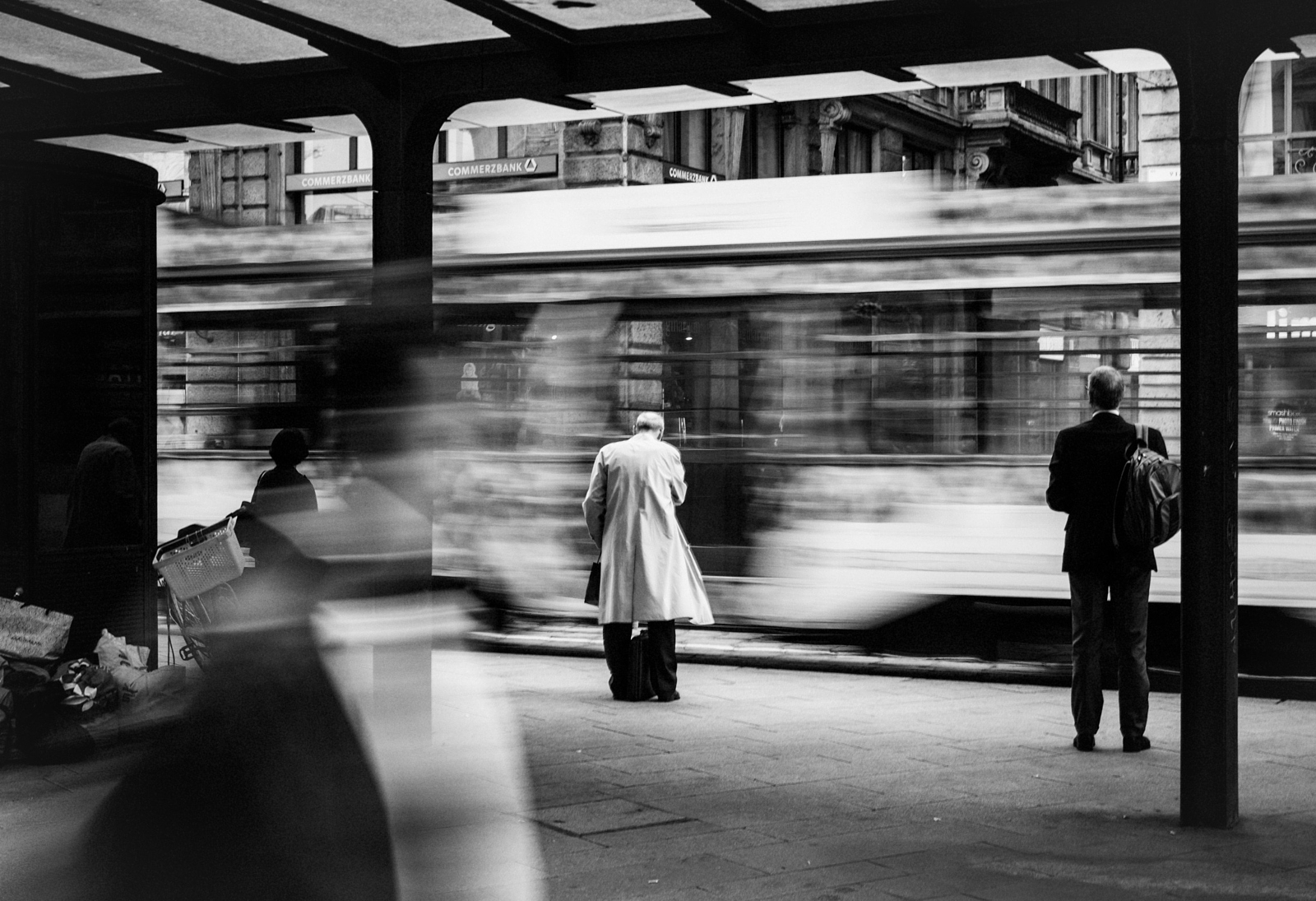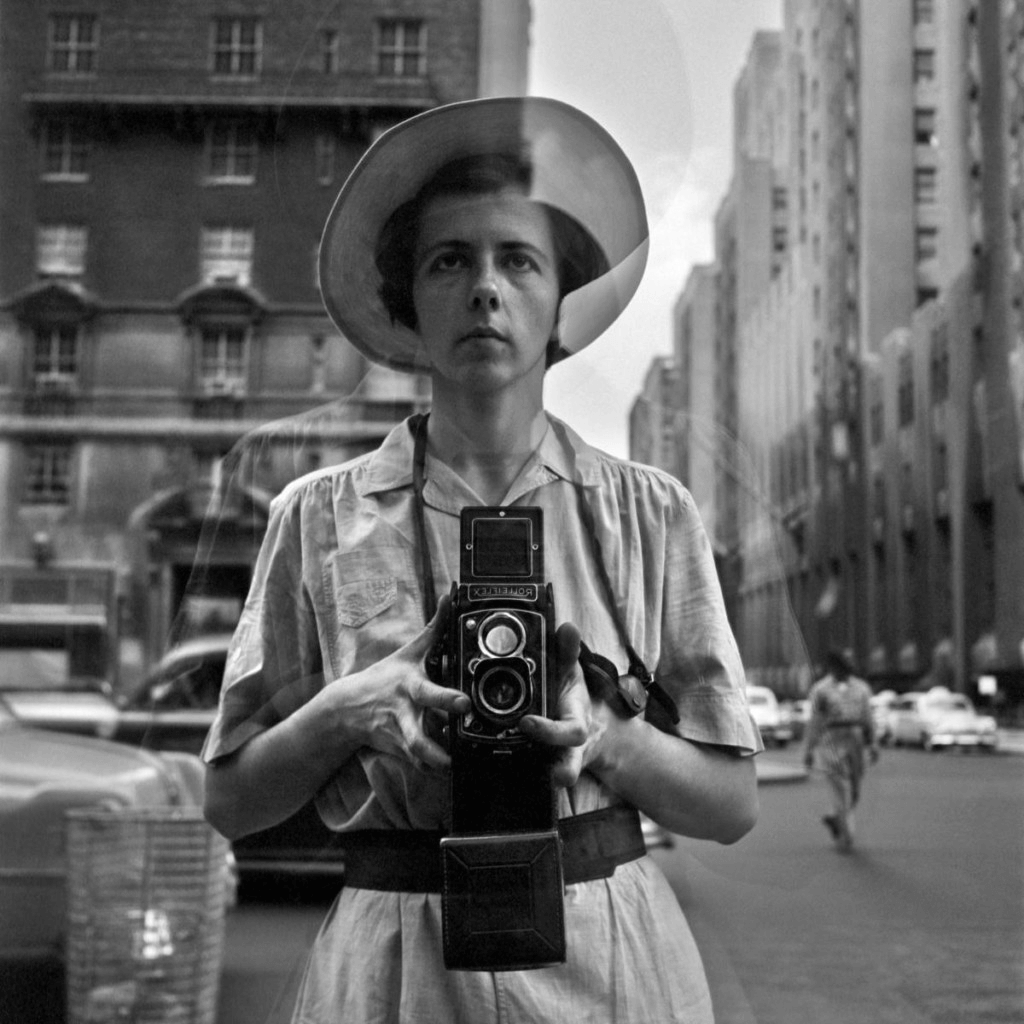The Ultimate Guide To Framing Streets
Table of ContentsIndicators on Framing Streets You Should KnowHow Framing Streets can Save You Time, Stress, and Money.The smart Trick of Framing Streets That Nobody is DiscussingRumored Buzz on Framing Streets

Both at the Museum of Modern Art (Mo, MA). Inspired by Frank, in the 1960s Garry Winogrand, Lee Friedlander and Joel Meyerowitz began photographing on the streets of New york city. Phil Coomes, writing for BBC News in 2013, said "For those of us curious about road digital photography there are a couple of names that stand apart and among those is Garry Winogrand"; doubter Sean O'Hagan, writing in in 2014, stated "In the 1960s and 70s, he defined road photography as an attitude in addition to a style and it has actually laboured in his darkness since, so conclusive are his pictures of New York." Going back to the UK in 1965 from the US where he had satisfied Winogrand and taken on street photography, Tony Ray-Jones turned a wry eye on usually surreal collections of British individuals on their vacations or participating in events.
Road digital photography is a vast genre that can be specified in lots of ways, yet it is commonly identified by the spontaneous recording of an unrepeatable, short lived moment, frequently of the day-to-day going-ons of unfamiliar people. It is typically fired with wider angle lenses (e. g. 35mm) and usually features urban environments.
Not known Details About Framing Streets
Docudrama professional photographers normally have a defined, deliberate message and a purpose to videotape specific occasions in background (https://www.pageorama.com/?p=framingstreets1). The gamut of the documentary strategy includes facets of journalism, art, education and learning, sociology and history. In social examination, docudrama photos are frequently planned to prompt, or to highlight the demand for, societal modification
Street photography is generally viewed as unposed and honest, but there are a few street photographers who interact with strangers on the roads and take their portraits. Road portraits are unintended pictures taken of strangers while out doing street photography, however they are seen as postured because there is interaction with the subject.
e. 'candid digital photography' by interpretation) for art functions has actually been controversial. Photographing people and locations in public is legal in a lot of nations protecting civil liberty and journalistic liberty. There are typically limitations on how pictures of individuals might be utilized and most countries have details laws relating to individuals's privacy.
The 9-Second Trick For Framing Streets
While the common-law provinces comply with the UK, relative to the flexibility to take images in a public place, Quebec law provides that, in most circumstances, their publication can occur just with the approval of the subjects therein. The European Union's Human Civil liberty Act 1998, which all EU countries need to maintain in their residential legislation, develops in a right to personal privacy. Of flexibility of expression. While also restricting digital photography in order to secure personal privacy legal rights, road photography can still be lawful in France when sought as an art form under specific situations.

. who just strayed into a scene), or that are not also recognizable in the image. https://www.openlearning.com/u/davidturley-s71apy/. It also does not normally include people who are somebodies (e. g - 50mm street photography. politicians or celebrities). If a picture is considered art, the courts will likewise think about the professional photographer's freedom of creative expression; implying that "artistic" road photography can still be legitimately released in particular cases
The Ultimate Guide To Framing Streets
In Greece the right to take photos and publish them or sell licensing legal rights over them as art or editorial content is secured by the Constitution of Greece (Post 14 and other write-ups) and cost-free speech laws along with by case law and investigate this site lawful cases. Photographing the cops and publishing the photographs is likewise legal.
In Hungary, from 15 March 2014 anyone taking pictures is technically damaging the law if a person wanders right into shot, under a brand-new civil code that forbids taking photos without the consent of everybody in the photo - vivian maier. This expands the regulation on permission to include the taking of photographs, in addition to their publication
'Concealed digital photography' (kakushidori concealed, surreptitious photography) 'stolen digital photography' (nusumitori with no intent of getting consent) and "quick photography' (hayayori before approval and refusal can be offered) are forbidden unless in the previous permission is obtained from the subject right away after taking the photo. People have legal rights to their pictures (shzken, droit de photo).